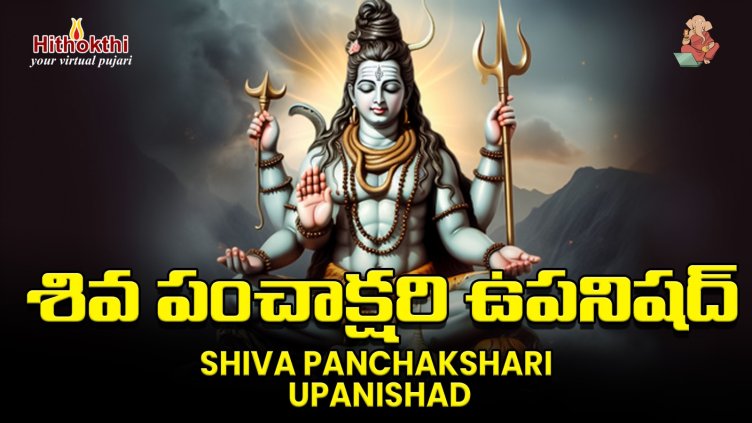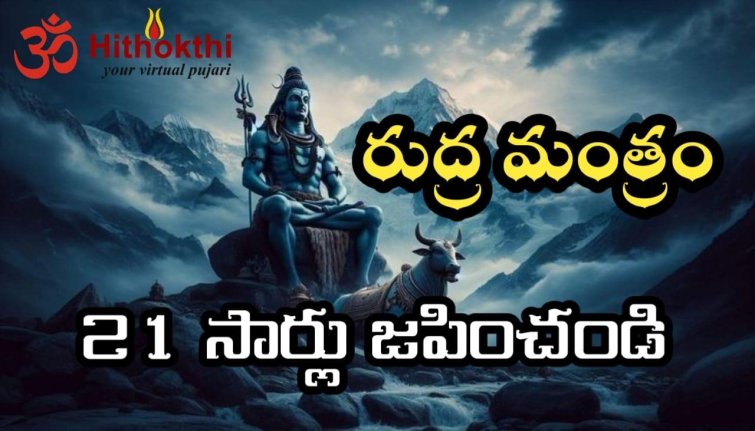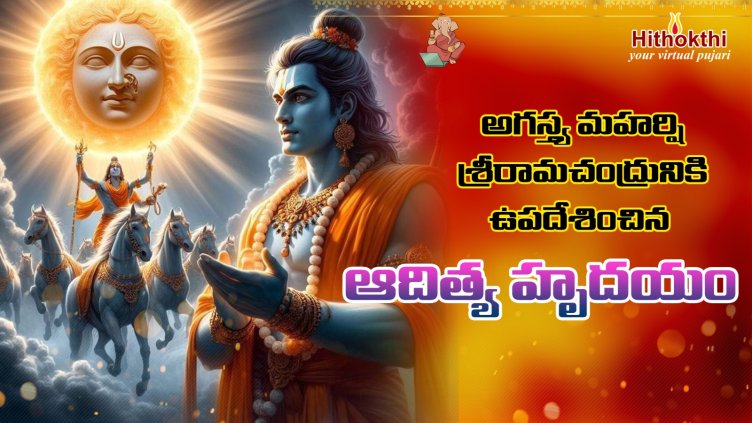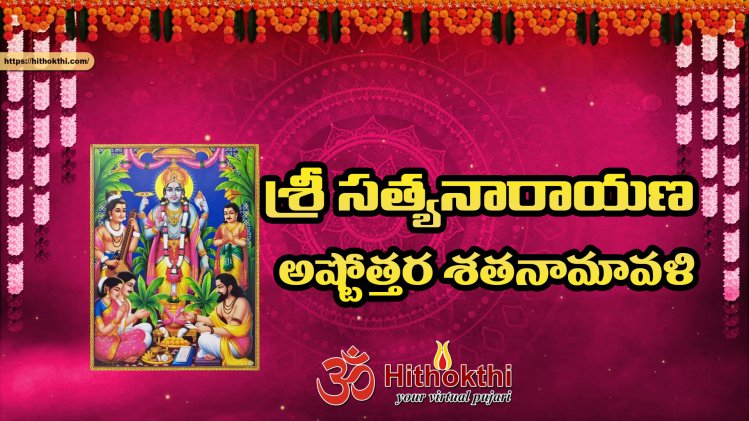Spiritual Teaching
Chennai, October 9, 2013: All spiritual teaching leads to realisation of the Self (atman) as the immortal presence in all beings. The Chandogya Upanishad unfolds a story which symbolises the quest in each being to know the truth of the Self and how this can be achieved in a progressive manner through proper instruction and with steady and systematic effort, explained Sri Mani Dravid Sastrigal in a discourse.
Sage Prajapati once expounds aloud the ancient wisdom in this regard: “The Self is free from evil, old age, death, grief, hunger and thirst. Its thought and desire stand rooted in the Real. The highest goal is to strive to understand the Self. This knowledge releases from bondage and liberates.” Hearing this, Indra from among the celestial beings and Virochana from the demons independently approach Prajapati in the bhava of a disciple, seeking further knowledge.
After 32 years of gurukulavasa, in response to a query from his two disciples whether what is reflected in a mirror or in the water is the Self, Prajapati directs them to look into a pan of water with and without adornments and is told that indeed they have seen the Self in the reflections exactly as they are. Prajapati declares: “The Self is indeed seen in these. The Self is immortal and fearless, and it is Brahman.” Away go the two immensely pleased with themselves, while Prajapati rues their inability to distinguish the Self from self. They mistake the Self for the person that is seen and not the person that sees.
As the contented Virochana inculcates the worship of the self as the doctrine of the demons, Indra, unsatisfied with the explanation, returns to Prajapati not once but thrice to learn more. The sage guides Indra step by step through introspection, propounding that the body is not the Self and neither is that which moves about in dreams. Dreamless and deep sleep states cannot fully represent the Self since it exists without the mind. Attaining the transcendental state alone will culminate in realisation of the Brahman. The realisation being subtle is to be felt in the inner individual experience. The story illustrates that the highest knowledge is not to be gained at one go.
Source: The Hindu, October 9, 2013







